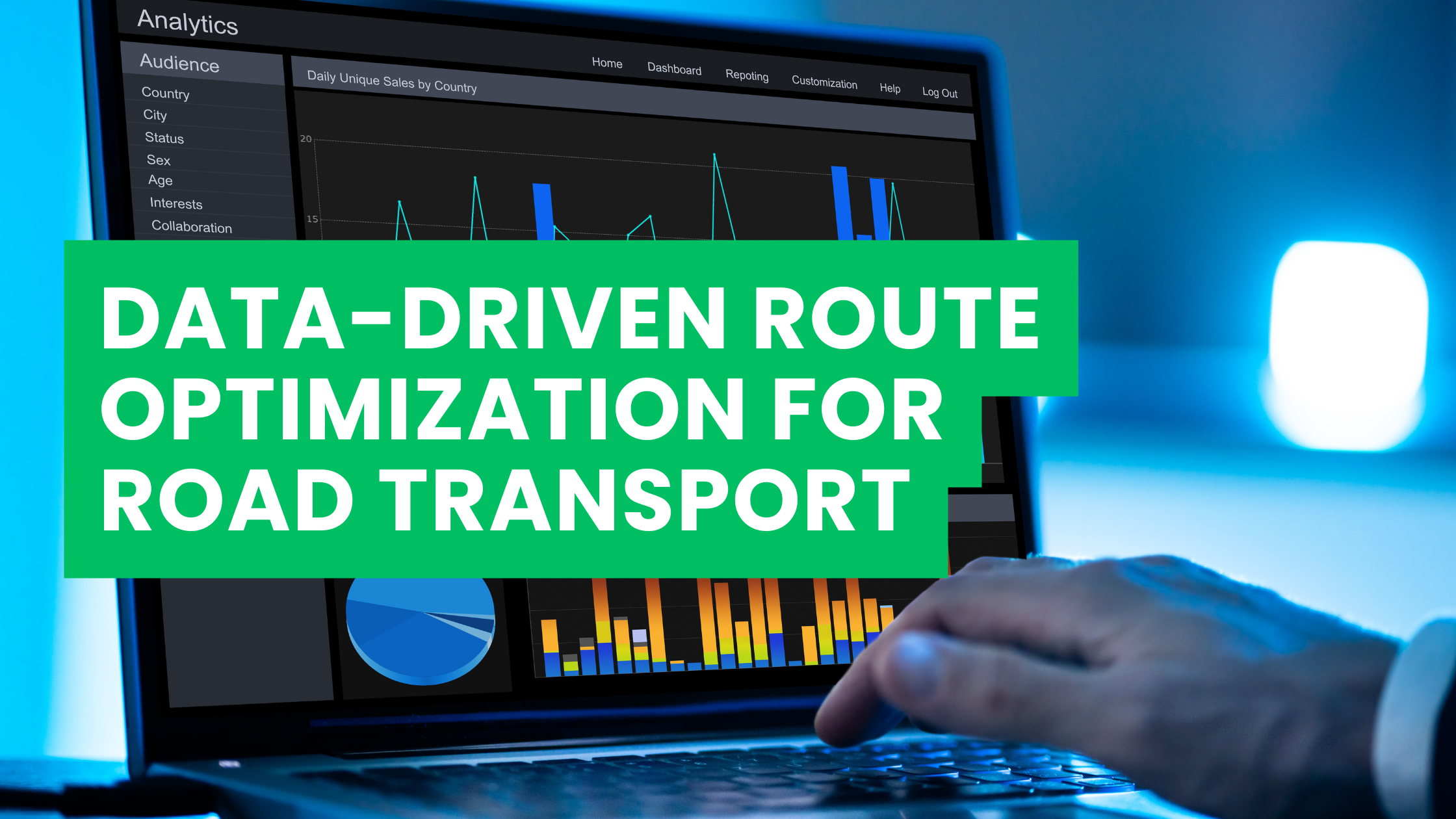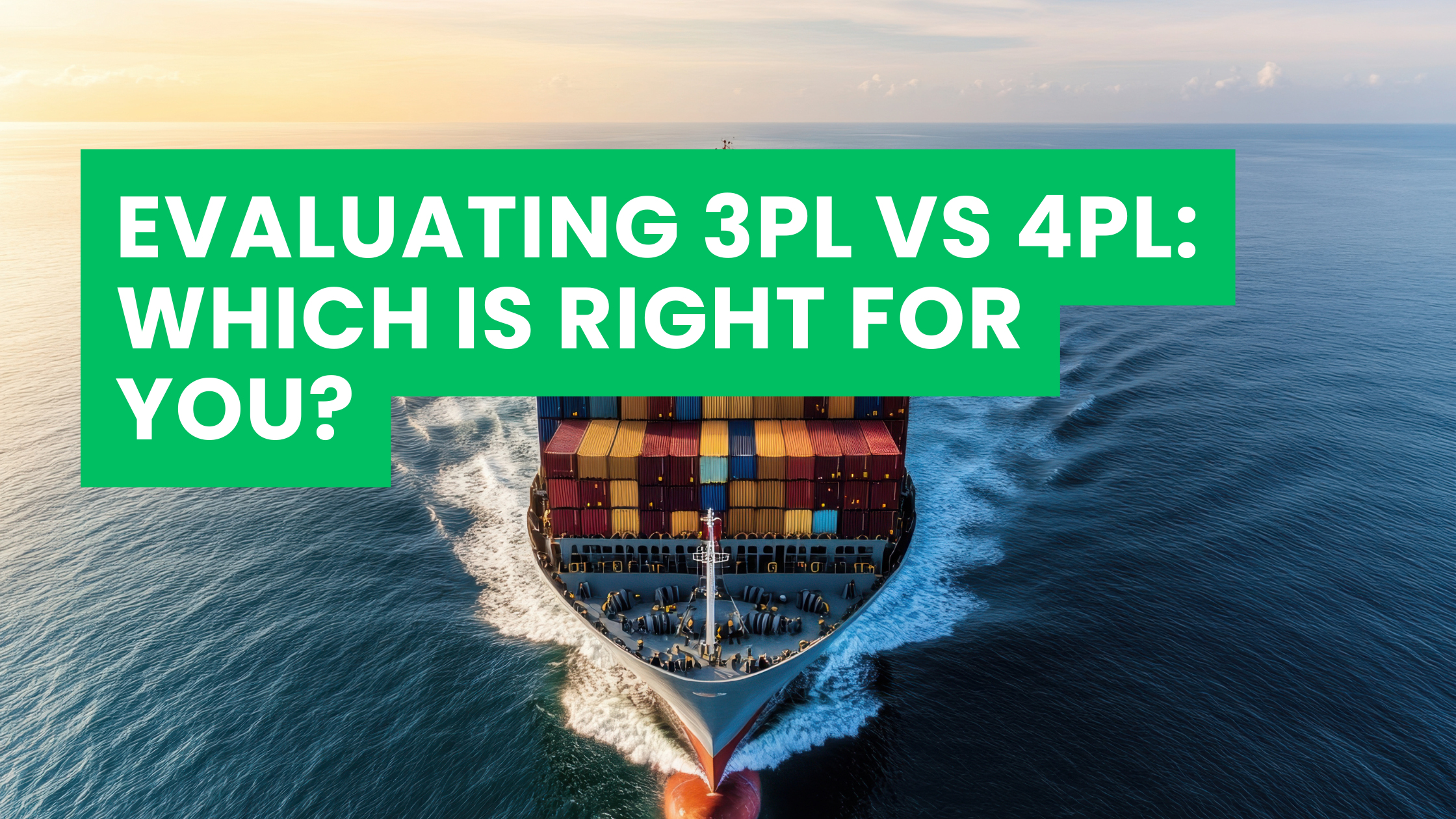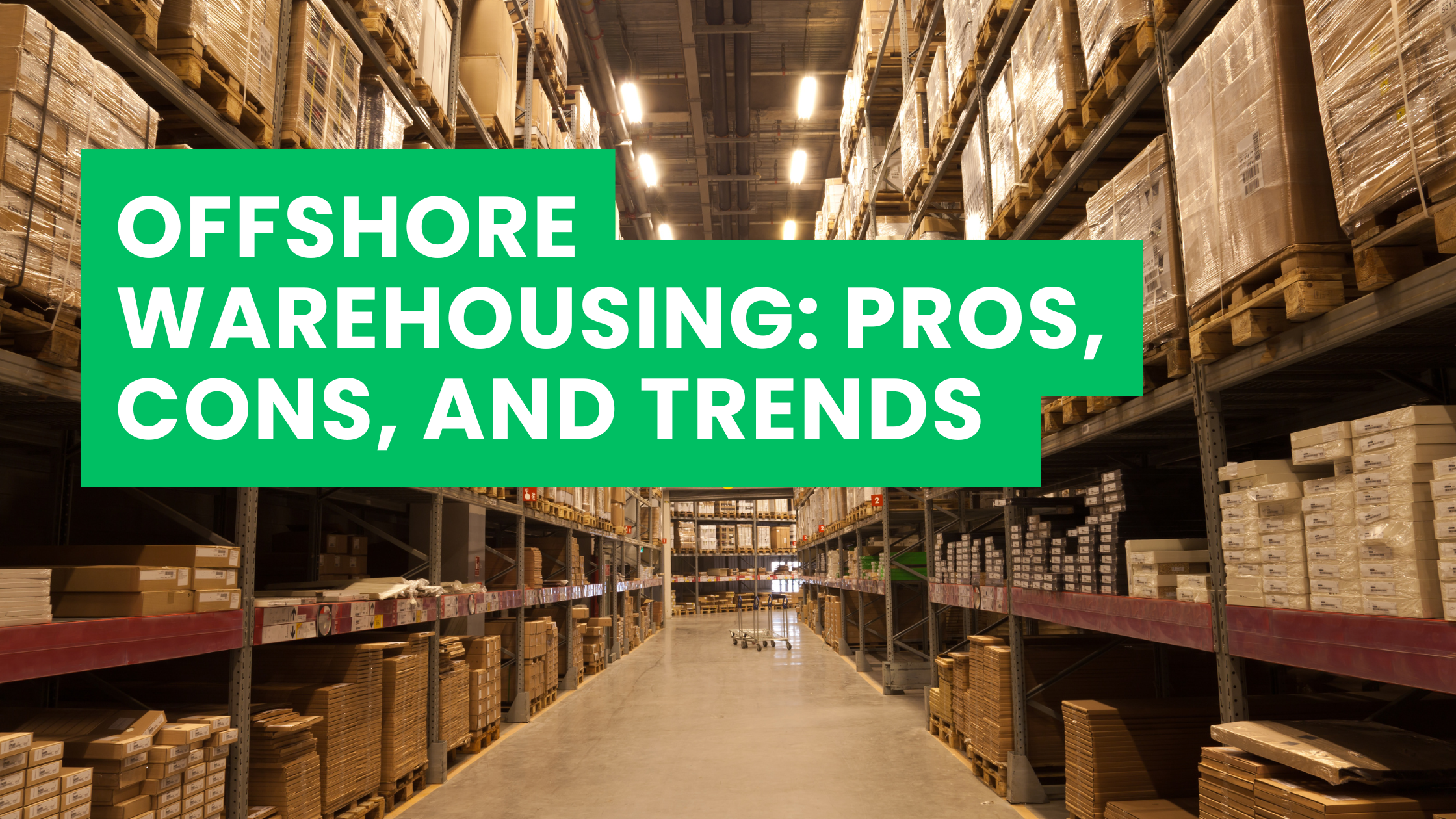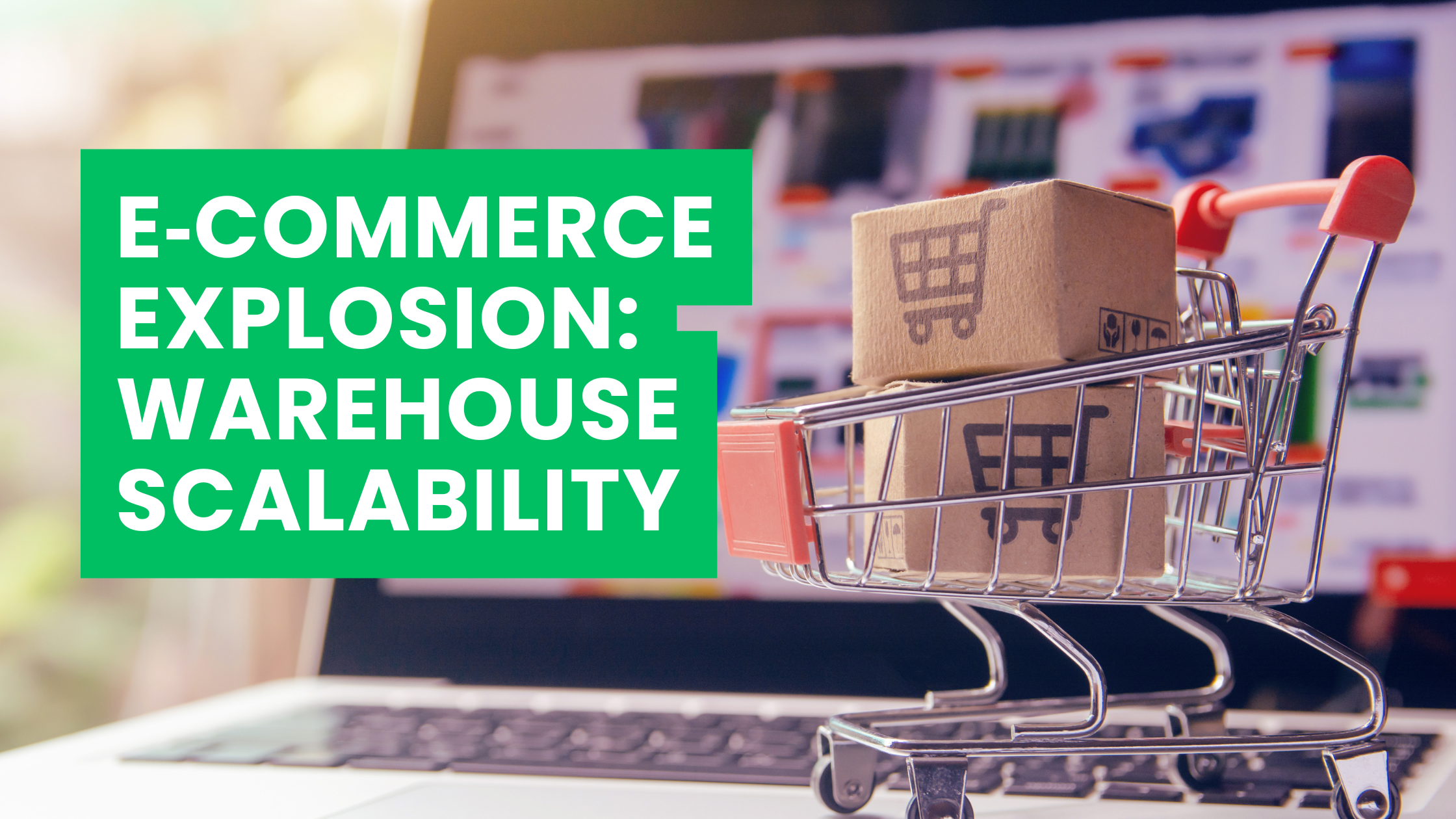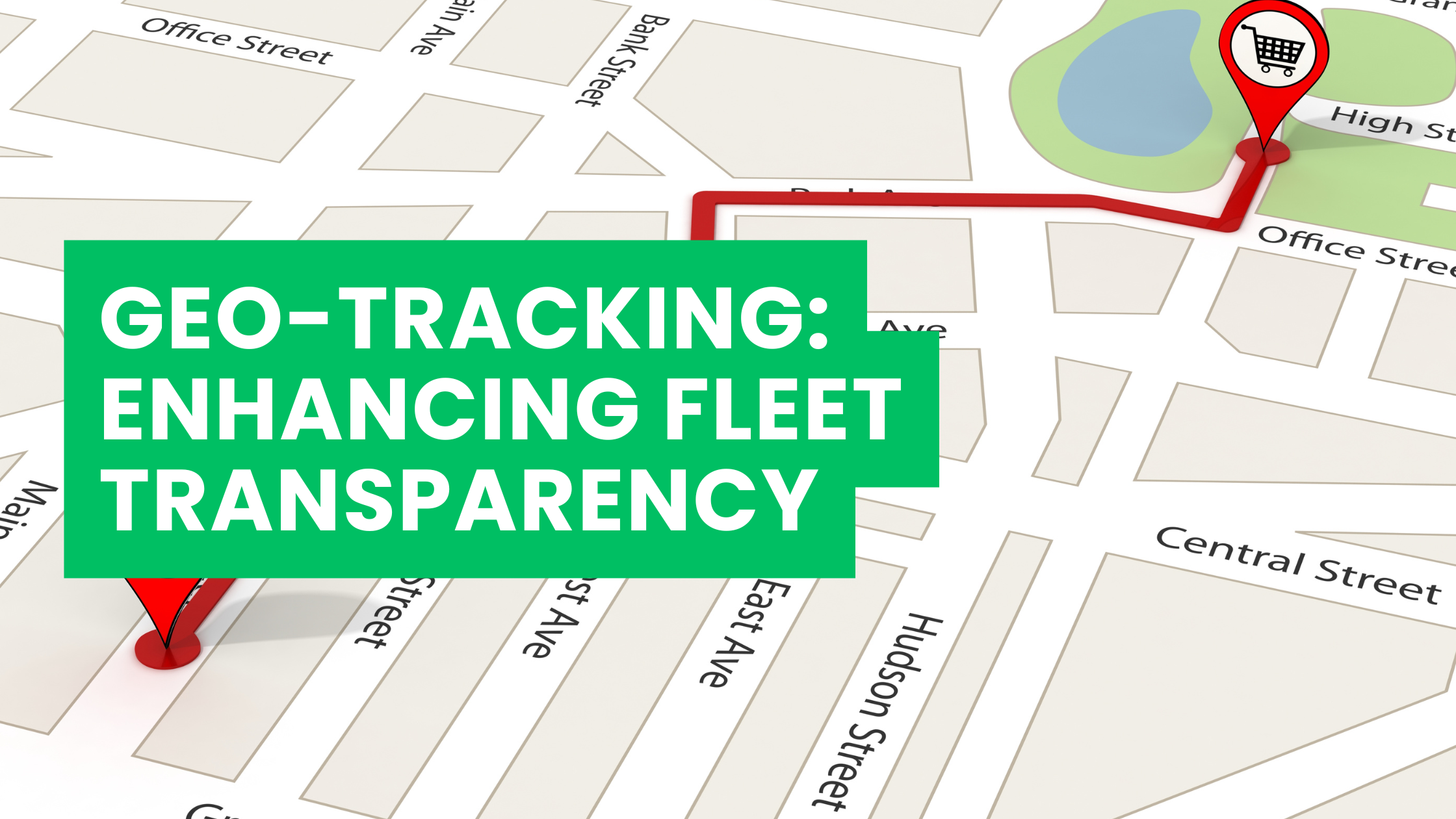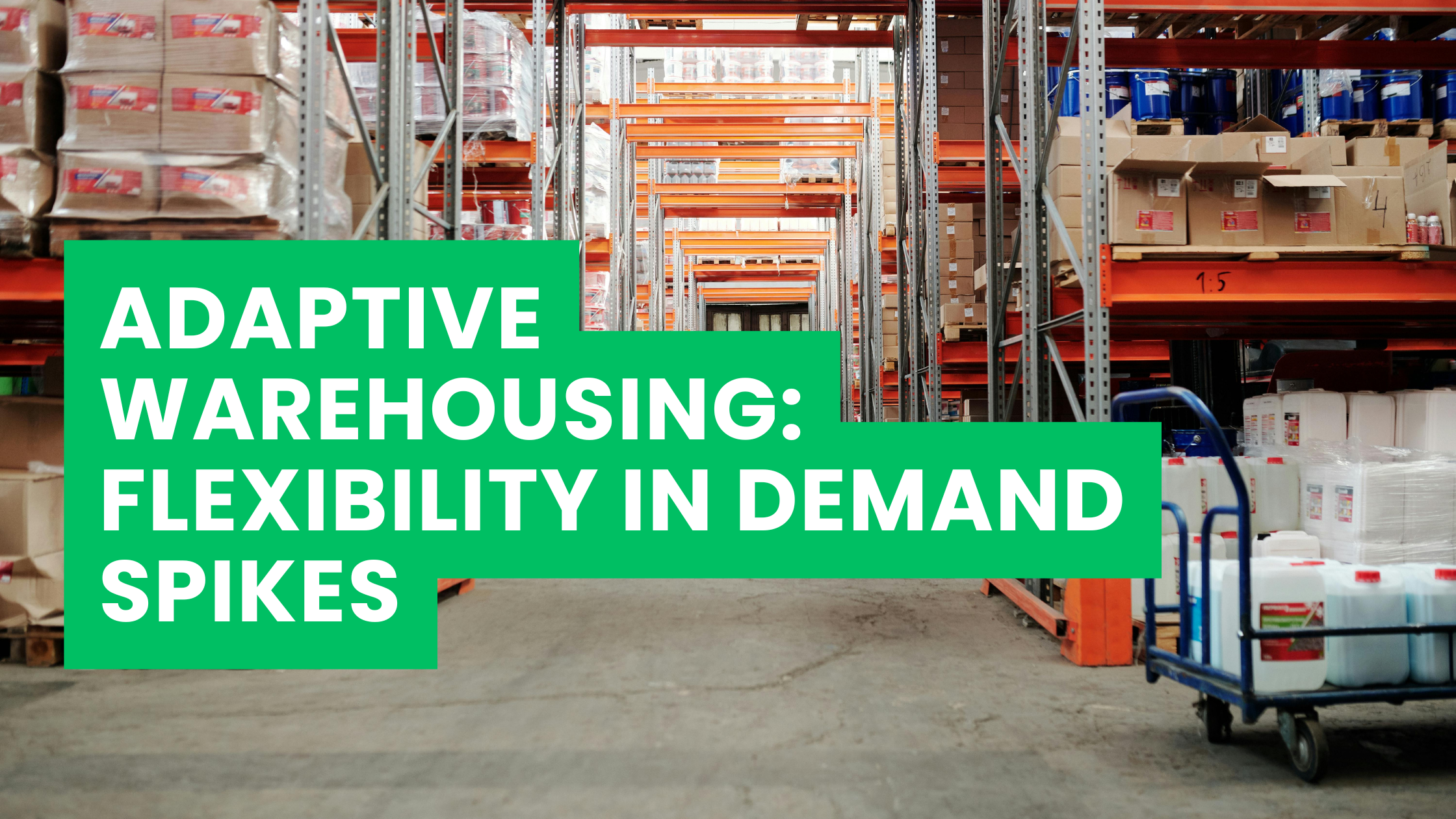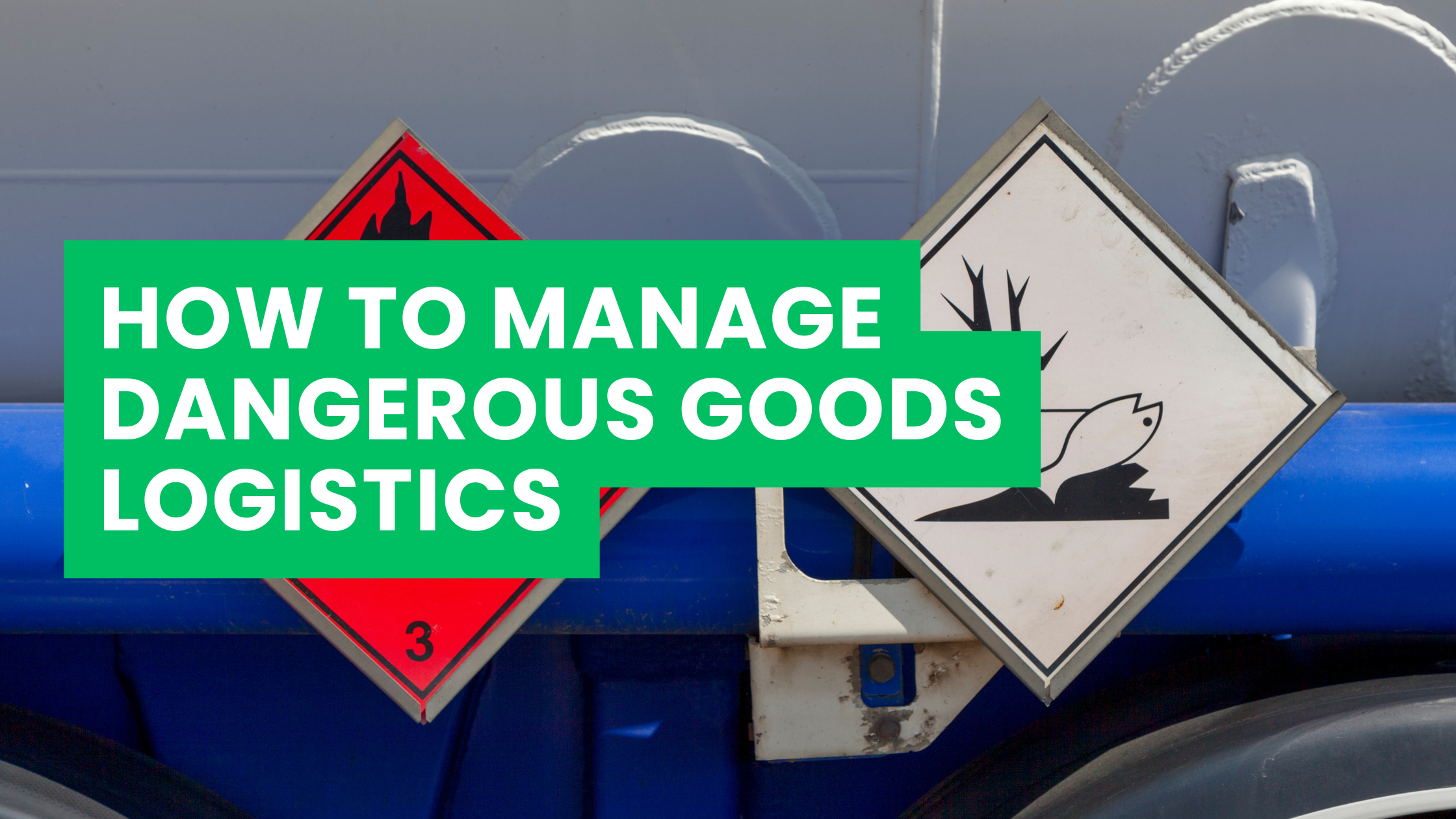Introduction
In today’s competitive logistics environment, road transport remains the backbone of global trade. From last-mile deliveries to long-haul freight, road networks connect factories, warehouses, ports, and consumers across regions. However, rising fuel costs, unpredictable traffic, stricter emission regulations, and customer expectations for faster delivery have made traditional route planning insufficient.
This is where data-driven route optimization comes in. By leveraging real-time data, predictive analytics, AI algorithms, and IoT-enabled fleet tracking, companies like ASL International can transform road transport operations—improving efficiency, cutting costs, and delivering on time, every time.
The Challenge of Traditional Route Planning
For decades, logistics managers have relied on static maps, historical averages, and driver experience to plan routes. While useful, these methods struggle against modern-day challenges such as:
- Traffic unpredictability: Accidents, construction, and congestion create costly delays.
- Fuel inefficiency: Suboptimal routes lead to wasted mileage and higher carbon emissions.
- Rising customer expectations: Same-day and next-day delivery require precision planning.
- Complex regulations: Emission zones, road restrictions, and toll policies differ across regions.
- Scattered data sources: Fleet, warehouse, and customer data often exist in silos.
The result? Higher operational costs, late deliveries, and reduced competitiveness.
What is Data-Driven Route Optimization?
At its core, route optimization is the process of determining the most efficient way for vehicles to travel between multiple destinations. Data-driven optimization enhances this by integrating:
- Real-time traffic data from GPS, IoT sensors, and navigation platforms.
- Predictive analytics to forecast traffic flows, weather disruptions, and demand spikes.
- Telematics systems tracking vehicle performance, driver behavior, and fuel use.
- AI & Machine Learning algorithms that continuously refine route efficiency.
- Integration with TMS (Transport Management Systems) for end-to-end visibility.
By analyzing these streams together, companies can dynamically adjust routes—minimizing delays, lowering costs, and boosting customer satisfaction.
Key Benefits for Road Transport
1. Reduced Fuel Consumption & Costs
Fuel accounts for up to 30–40% of transport costs. Data-driven optimization reduces idle time, avoids unnecessary detours, and balances speed with fuel efficiency.
2. Improved Delivery Reliability
AI-powered routing minimizes missed time windows by recalculating in real-time when disruptions occur. This is especially critical for perishable goods, pharmaceuticals, and e-commerce deliveries.
3. Higher Asset Utilization
Optimized routes allow more deliveries per vehicle per day. Companies gain higher return on fleet investments while reducing empty backhauls.
4. Enhanced Driver Productivity
Drivers no longer need to make judgment calls on the road. Instead, smart systems suggest the fastest, safest, and most compliant routes—reducing stress and boosting morale.
5. Lower Carbon Footprint
By cutting mileage and idle time, fleets reduce CO₂ emissions, helping companies align with sustainability goals and green logistics mandates.
The Technology Behind Optimization
Telematics & IoT Sensors
Connected devices capture data on vehicle health, location, speed, and driver performance.
Predictive Analytics
Historical data combined with AI models forecasts traffic surges, seasonal demand, and delivery risks.
Cloud-Based Platforms
Centralized dashboards provide fleet managers with a real-time bird’s-eye view of all operations.
Integration with Warehouse & Customer Systems
Customer orders, delivery windows, and warehouse stock data feed directly into the routing engine, creating end-to-end optimization.
Case Study Example – ASL International in Action
Consider a multinational IT hardware rollout in Africa and the Middle East. The challenge: transporting sensitive networking equipment across multiple border points, unpredictable road conditions, and strict project timelines.
- Traditional route planning often led to customs delays and missed deadlines.
- With ASL International’s data-driven approach, routes were dynamically adjusted using real-time customs clearance data, local traffic feeds, and predictive risk analysis.
- Result: On-time delivery rates improved by 22%, fuel costs dropped by 15%, and cross-border compliance was maintained.
Challenges in Implementation
While the benefits are clear, companies face hurdles:
- Data integration issues: Legacy systems may not align with modern analytics tools.
- Upfront costs: Telematics hardware, AI software, and training require investment.
- Change management: Drivers and dispatchers must adapt to new technology-driven decision-making.
- Data security: With sensitive customer and fleet data, cybersecurity becomes critical.
ASL International addresses these through scalable solutions, phased rollouts, and compliance-driven digital infrastructure.
The Future of Data-Driven Road Transport
The next decade will see even deeper integration between data and logistics. Emerging trends include:
- Autonomous trucks using AI for fully optimized routes without human intervention.
- Blockchain-enabled visibility to ensure transparent tracking across multiple carriers.
- Green logistics mandates pushing companies toward sustainable routing.
- Integration with smart cities, where vehicles communicate with traffic lights and infrastructure for seamless navigation.
For companies prepared to embrace this transformation, data-driven optimization will be a source of long-term competitive advantage.
Conclusion
Data-driven route optimization is no longer a luxury—it is a necessity for modern road transport. Companies that still rely on static maps and manual planning risk higher costs, longer delays, and dissatisfied customers.
By adopting real-time analytics, AI-driven routing, and integrated fleet management systems, logistics providers like ASL International help businesses achieve:
- Lower operational costs
- Greater delivery reliability
- Sustainable fleet operations
- End-to-end supply chain visibility
In an era defined by efficiency and precision, the road ahead belongs to those who let data drive their decisions.
